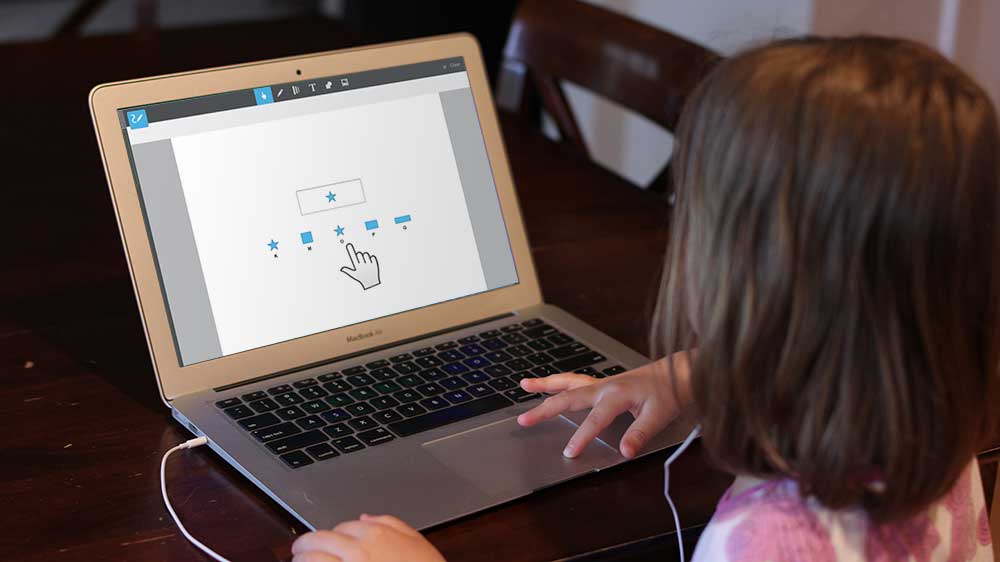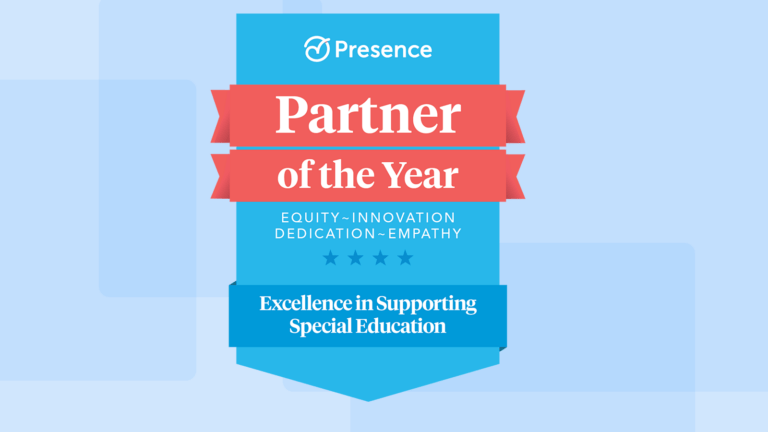
With extended school closures in place, schools nationwide are grappling with questions about conducting eligibility assessments.
- Should assessment be attempted in the home environment?
- How can schools best continue serving students in need of evaluation for special education related services?
- Can needed evaluations be conducted remotely without compromising validity?
- Which assessments and circumstances are appropriate for remote administration?
While schools grapple with how to handle mandated assessments under these unique circumstances, several states have issued position papers that raise questions about remote delivery. These position papers don’t give the full picture of the information that is readily available in the published research, nor do they include tele-assessment experience from clinical teams like ours. We have been innovating in the field of tele-assessment for many years and have administered thousands of assessments in this format.
With our depth of experience delivering remote assessments in our partner school districts throughout the country, we feel uniquely qualified to help bring data and perspective to this ongoing dialogue. We believe that there is value to school administrators in hearing the actual experiences of remote examiners, and in reviewing the relevant research. We hope this information can help guide decision makers seeking to make informed choices for their students at this critical moment.
PresenceLearning has been on the forefront of developing tele-assessment best practices for the last 5 years—PresenceLearning providers have administered remote assessments when called for to students in both traditional brick-and-mortar schools as well as at home. Not every student nor every circumstance is appropriate for remote assessment. But in our experience, many are, and we believe it would be a disservice to students and families to recommend a pause on all assessments during this period without considering which assessments can be validly completed. Remote assessment for a student in a home environment can be appropriate when taking into account the following recommendations.
PresenceLearning tele-assessment best practices
Assessing students remotely from their home environments can be done reliably by taking several factors into account.
- The proctor—The remote school psychologist works closely with an adult onsite (regardless of the relationship to the student) directing them, and coaching them to set up the testing site, verify audio and video are working, and ensure materials are present for students. The adult acting as proctor does not require any clinical training, as they are not performing any clinical duties. That adult can then be directed to leave the room or otherwise as the examiner sees fit.
- Test security—Materials can be managed in such a way that the proctor opens materials on camera or only gains access to them directly prior to the assessment and seals and returns materials while still on camera.
- Equipment—A computer with a webcam and a document camera are necessary to adhere to the methods standardized by research. The size of the screen or the need for an external mouse are dictated by the tests being given. Research comparing remote assessment to onsite assessment for a subtest of the RIAS2 determined that a 15-inch screen is equivalent to the laminated stimulus traditionally utilized. For other assessments, smaller screens do not impact results.
- Environment—Assessment settings are always in a state of evaluation by the school psychologist. Even at brick-and-mortar schools, it can be difficult to find a quiet room free of distractions. Evaluations as to whether the environment will yield valid results take place as a matter of course. Tele-assessment is no different. Each environment must be looked at carefully to consider any potential effect on results.
Tele-assessment in the time of COVID-19
During this unprecedented time, we recommend a new set of considerations when determining when to engage in tele-assessment.
- Student state of mind—This emergency will impact students differently. If there is evidence that a student is particularly impacted, that should be considered just as it would be if a student were going through any other traumatic time. The student’s team would need to determine if assessment results would be valid.
- Utilization of assessments with valid research to support remote use—Not every assessment has been determined to be equivalent when conducted remotely vs in person. Rely upon research validation of equivalency for remote administration.
- Examiner judgment of appropriateness of assessment—If an examiner would have determined these assessments were not appropriate for in-person use with a particular student, then tele-assessment may not be appropriate for that student.
- Individual considerations—Each student, proctor, environment, and set of conditions is unique. A blanket statement of appropriateness or inappropriateness of tele-assessment ignores the unique factors that should be considered during any evaluation, whether happening inside a school, inside a home, or elsewhere.
As we all do our best to ensure that every one of our students receives the critical continuity of care they need during this unprecedented situation, we know that tele-assessment can play a key role in keeping students moving forward. We encourage you to consider these best practices gleaned from PresenceLearning’s five years of direct experience delivering remote assessments for students in our partner schools.
Remote, Online Administration of Psychoeducational Assessments: A Research-Based Solution Addresses a Persistent Service Gap in Schools Nationwide, Stephanie Taylor, Ed.S, NCSP, November 2016Equivalence of Remote, Online Administration and Traditional Face-to-Face Administration of Woodcock-Johnson IV Cognitive and Achievement Tests, Dr. A. Jordan Wright, PhD ABAP, December 2018



